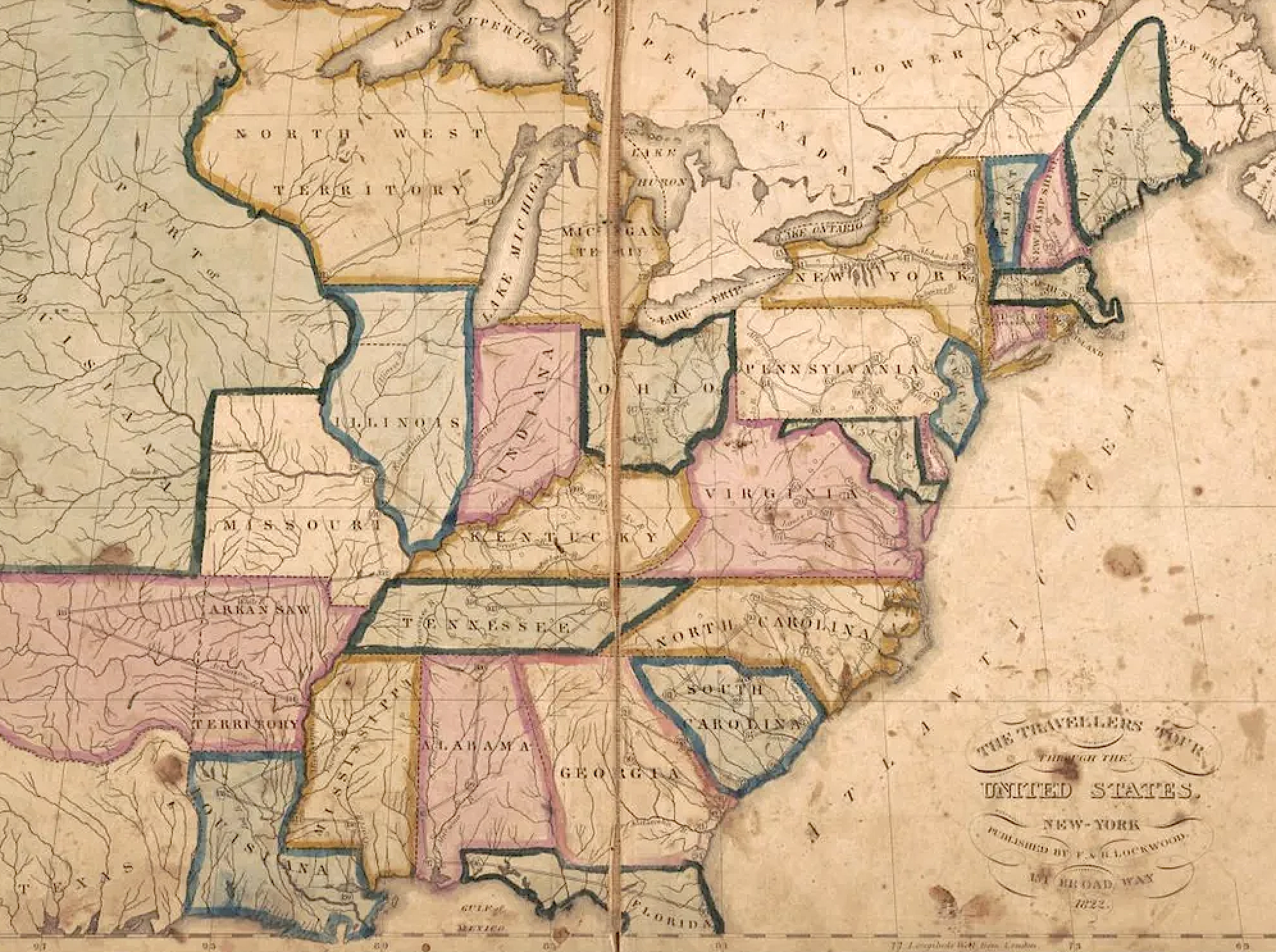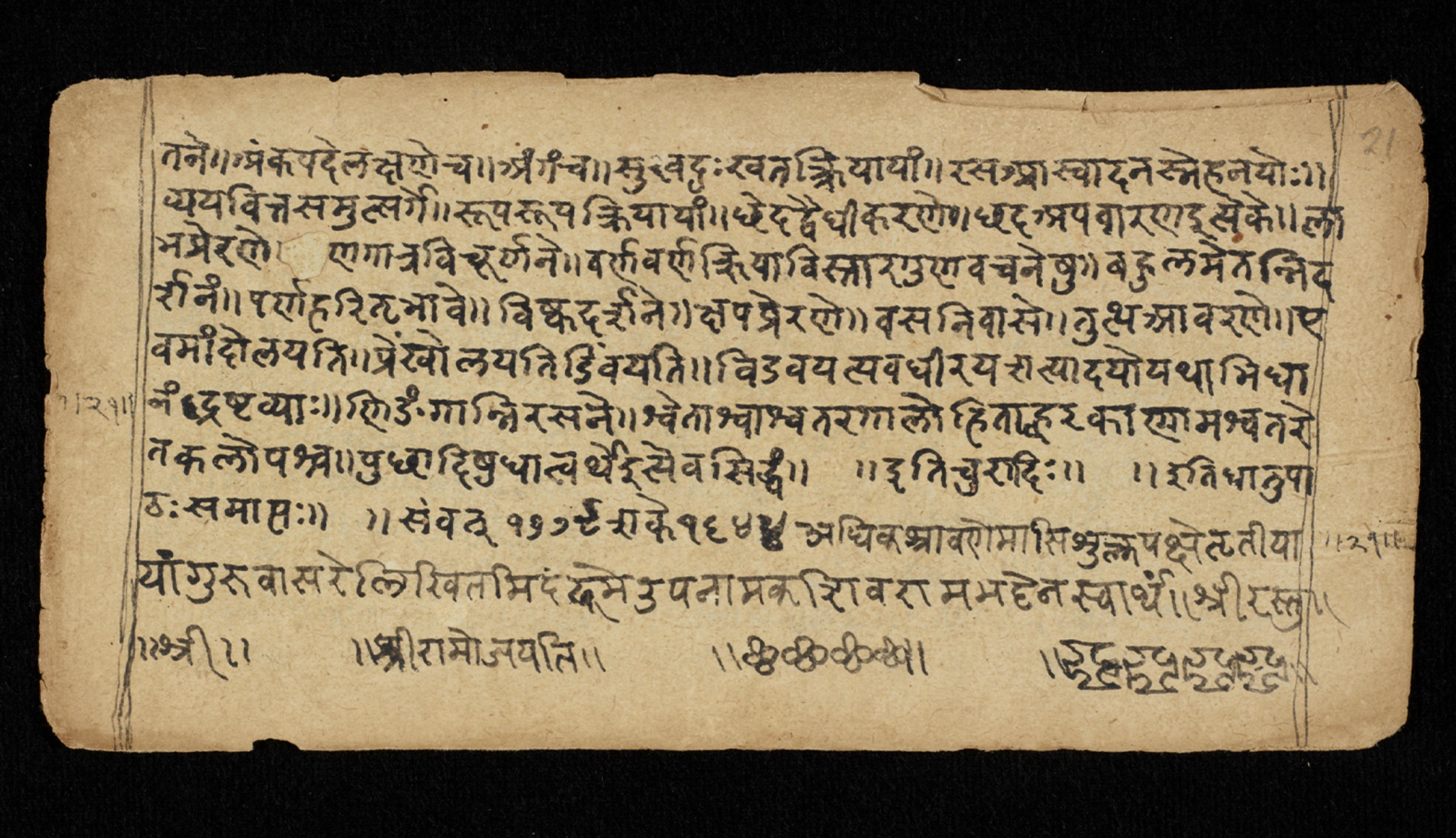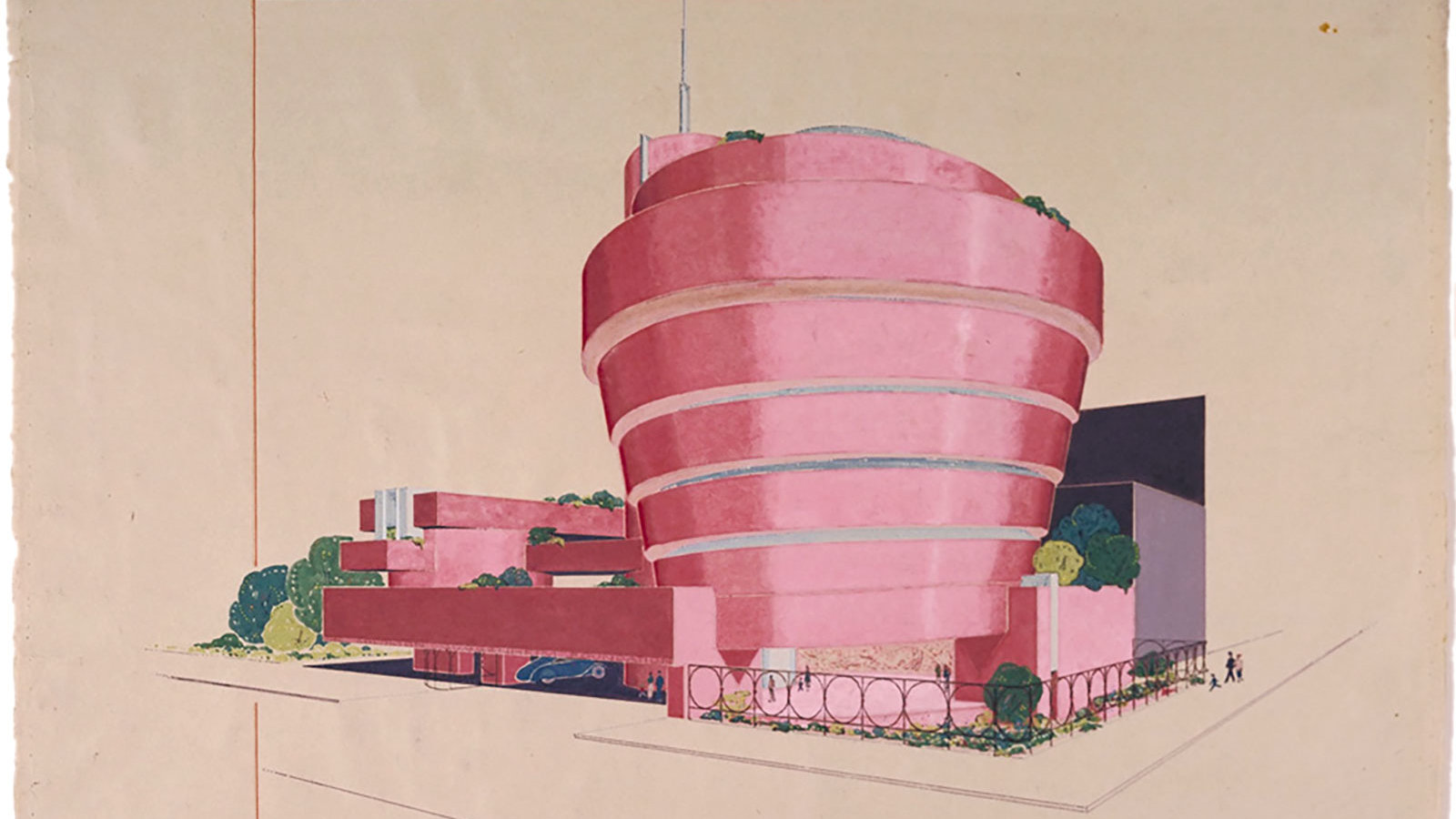A vague sense of disquiet settled over Europe in the period between World War I and World War II. As the slow burn of militant ultranationalism mingled with jingoist populism, authoritarian leaders and fascist factions found mounting support among a citizenry hungry for certainty. Europe’s growing trepidation fostered some of the 20th century’s most striking painterly, literary, and cinematic depictions of the totalitarianism that would soon follow. It was almost inevitable that this period would see the birth of the first deeply philosophical animated film, known as The Idea.
The Idea first emerged as a wordless novel in 1920, drawn by Frans Masereel. Masereel, a close friend of Dadaist and New Objectivist artist George Grosz, had created a stark, black-and-white story about the indomitable nature of ideas. Employing thick, aggressive lines obtained through woodcut printing, Masereel depicted a conservative political order’s fight against the birth of a new idea, which eventually flourished in spite of the establishment’s relentless attempts to suppress it.
Setting to work in 1930, a Czech filmmaker named Berthold Bartosch spent two years animating The Idea. Bartosch’s visual style remained true to Masereel’s harsh, vivid lines. His version of the story, however, took a decidedly bleaker turn—one that was more reminiscent of the writings of his compatriot, Franz Kafka. Whereas Masereel believed that the purity of good ideas would overwhelm their opposition, Bartosch, working a decade closer to the Nazis’ ascendancy, was wary of such idealism.
Above, you can watch what film historian William Moritz has called “the first animated film created as an artwork with serious, even tragic, social and philosophical themes.” Paired with a haunting score composed by Arthur Honegger, the 25-minute animation is a powerfully moving meditation on art, struggle, purity of thought, and populist savagery that remains untarnished after eight decades.
You can find other great animations in our collection, 4,000+ Free Movies Online: Great Classics, Indies, Noir, Westerns, Documentaries & More.
Note: This post originally appeared on our site in November, 2013. It was written by Ilia Blinderman. Follow him at @iliablinderman.
Related Content:
4 Franz Kafka Animations: Watch Creative Animated Shorts from Poland, Japan, Russia & Canada
Watch Dziga Vertov’s Soviet Toys: The First Soviet Animated Movie Ever (1924)
Orson Welles Narrates Animation of Plato’s Cave Allegory















